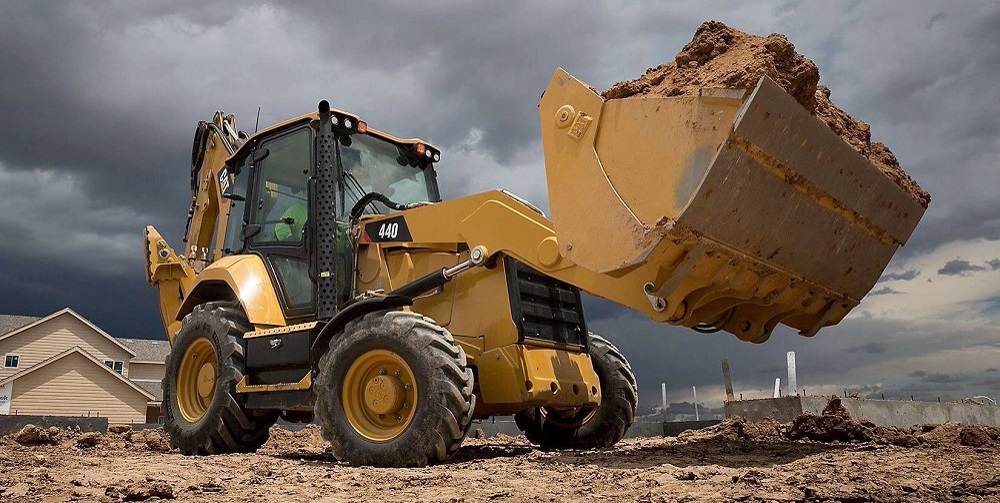Locate one of the most Trusted Rental Company Near Me for Heavy Equipment Rentals
Locate one of the most Trusted Rental Company Near Me for Heavy Equipment Rentals
Blog Article
Aspects to Review When Leasing Building And Construction Tools for Cost-Effective Workflow
When taking into consideration the rental of building equipment for economical operations, different aspects come right into play that can substantially influence the overall task expenditure. Reviewing equipment specs, rental terms, upkeep costs, task duration, and carrying out a thorough expense evaluation are essential actions in making certain optimal monetary performance and functional success.
Equipment Specs

Performance is essential for optimizing efficiency and keeping expenses in check. Devices that is effective not only finishes tasks in a timely manner but additionally eats resources carefully. Variables such as gas usage, operating speed, and innovation assimilation add to equipment effectiveness. By focusing on capability, longevity, and effectiveness in equipment specifications, building and construction task supervisors can boost functional efficiency and eventually accomplish effective job end results.
Rental Terms
To guarantee a clear understanding of the terms involved in renting out building tools, it is critical for job managers to carefully examine and bargain the rental agreement (dozer rental). Rental terms encompass various facets that can significantly influence the overall cost and efficiency of a building project. Key aspects to take into consideration consist of the rental duration, rates framework, repayment terms, upkeep responsibilities, insurance protection, and stipulations for equipment malfunctions or malfunctions
When evaluating the rental agreement, project managers need to pay very close attention to the duration of the rental period. Understanding whether the rental charges are based on a per hour, everyday, once a week, or monthly rate is important for budgeting and scheduling objectives. In addition, clearing up the settlement terms, such as ahead of time costs, protection down payments, and charges for late repayments, can aid avoid unforeseen monetary worries.
Furthermore, talking about upkeep obligations upfront can prevent disagreements later on. Clearly detailing that is in charge of regular maintenance, fixings, and servicing can make sure that the devices stays in ideal condition throughout the rental period - equipment rental company. It is also necessary to confirm the insurance protection supplied by the rental business to prevent any type of obligations in situation of crashes or problems. By very carefully checking out and negotiating the rental terms, task managers can secure cost-efficient equipment services that meet their task needs.
Upkeep Prices

When evaluating upkeep expenses, consider aspects such as regular maintenance, substitute of parts, and emergency repair work. Some rental companies use maintenance packages that cover these costs, while others might require occupants to bear the full upkeep costs. Calculating the total expense of ownership, consisting of maintenance, offers an extra precise image go to these guys of the rental's financial influence. By budgeting for upkeep expenses adhering and upfront to suggested servicing schedules, tenants can mitigate unanticipated expenditures and take full advantage of the performance of the rented out building tools.
Job Duration
A clear understanding of the project timeline allows for much better planning and utilization of equipment, making sure that the right devices are readily available for the essential period without incurring unneeded prices. By aligning the rental duration with the task timetable, construction companies can make the most of the usage of equipment, decrease downtime, and eventually attain cost savings on their tasks. Evaluating and properly approximating the project period is an essential element in renting out construction tools for optimum cost-effectiveness.
Expense Analysis
Straightening the job duration with a thorough cost evaluation is essential in maximizing the financial effectiveness of renting construction tools. Performing a complete expense analysis includes more than simply contrasting rental rates. It calls for examining additional expenditures such as transportation, upkeep, insurance coverage, and potential downtime expenses. By taking into consideration these variables, you can make enlightened decisions that contribute to overall cost-effectiveness.
One essential element of expense analysis is recognizing your job's certain tools demands. Leasing tools that is either underutilized or excessive used can result in unneeded costs. Evaluating the job requirements and choosing the appropriate type and quantity of devices can aid decrease costs while ensuring operational performance.
Furthermore, contrasting the costs of leasing versus buying equipment is crucial. While renting might appear cost-effective for temporary jobs or specific devices, buying may be a lot more affordable for long-term or regularly used machinery. By evaluating the pros and disadvantages of both choices, you can make tactical selections that straighten with your budget plan and project goals.
Verdict
In verdict, evaluating factors such as equipment requirements, rental terms, maintenance costs, task period, and cost analysis is crucial when leasing building equipment for economical procedures. By meticulously thinking about these aspects, construction companies can ensure they are obtaining one of the most value out of their devices leasings and ultimately conserve cash on their tasks. It is necessary to focus on cost-effectiveness and effectiveness in all facets of building and construction procedures.
Assessing equipment specifications, rental terms, upkeep costs, job duration, and performing a detailed price analysis are crucial steps in making certain optimum monetary efficiency and operational success. By focusing on functionality, sturdiness, and performance in equipment specs, building project supervisors can improve operational performance and heavy duty equipment for sale inevitably attain successful job results.
By lining up the rental duration with the task routine, construction business can optimize the usage of tools, decrease downtime, and inevitably accomplish expense savings on their explanation jobs.In verdict, evaluating factors such as tools requirements, rental terms, upkeep costs, task duration, and cost analysis is essential when renting out building and construction equipment for economical operations.
Report this page